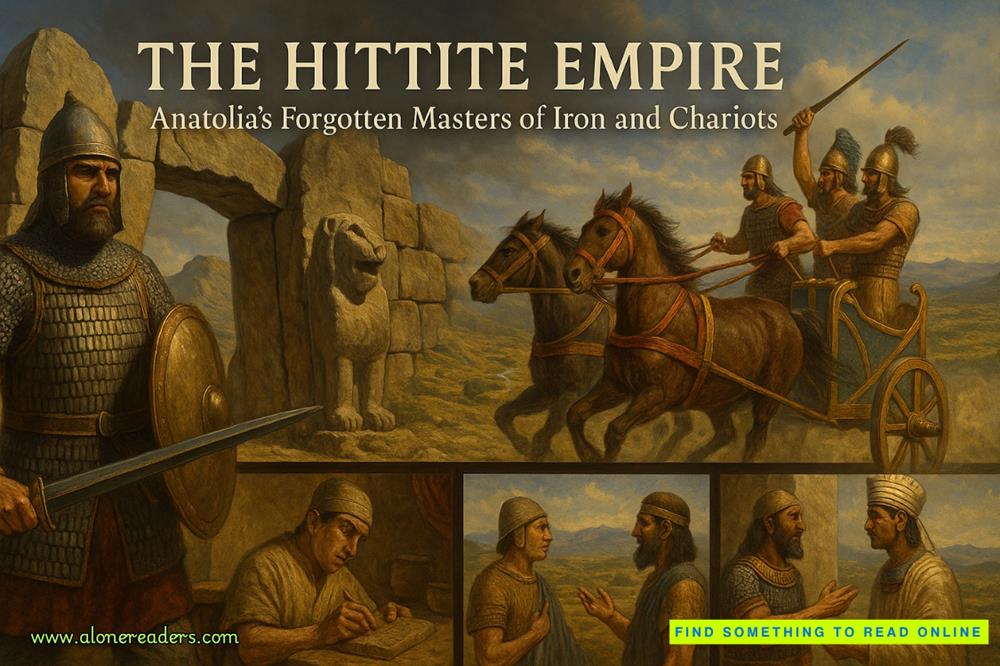Page 30 of The Engagement Party
He held up both hands in mock surrender.
No, no, no. “I can’t trust anyone in that house but you, so I need you to think, Mitch. What are we missing? What part of the puzzle do we need before we can work this out?”
“I’m out of ideas.”
“You’ve never offered an idea. Do it now.” She wanted to shake him into action. Make him drop all those defenses. Get him fired up and thinking. “I’ll be the bad guy and ask the nasty, intrusive questions of your friends but you have to give me some direction. Some theory you have, or maybe somethingyouquestion or need to know.”
The confusion cleared from his expression. The dark world closed in around them and the waves grew louder, but she experienced the first spark of hope since they’d come across that damn causeway.
“Who.” A new confidence filled his voice.
They were close to finding a way in. She could feel the energy revving up around him as he spoke. He’d figured something out. Now he needed to spill it in a way she could understand. “What does that mean?”
“The missing piece could be awho.”
Not any clearer. “Okay.”
“Brendan Clarke.”
Chapter Twenty-Three
Book Notes: New Suspect Acquired
Law enforcement’s focus on Mitch and Jake took a sudden turn. After days of questioning and digging into their respective pasts, the attention quieted. Not online. The keyboard warriors made sure Mitch and Jake remained the main targets of accusations there, with every painful detail about their tragic histories posted and dissected with morbid glee. But the police had moved on.
Law enforcement interviewed fellow student Brendan Clarke six days after finding Emily’s body. He was a year behind her at Bowdoin. A computer science major who took classes like Optimization and Uncertainty while Emily wrote a thesis on the role of unlikable female characters in literature for her honors project. Brendan and Emily didn’t have a single class in common. They didn’t live near each other. They didn’t share the same hobbies, interests, or friends.
One text connected them, and it colored the whole trajectory of Emily’s homicide case.
You’ll regret this
Brendan texted the message to Emily two weeks before her murder. He had her number, and his name was in her contacts. They never dated, though he did fit her let-me-remake-you type of temporary boyfriend. Her friends knew of Brendan mostly because the campus was not that big, but they didn’t remember ever meeting him or hearing Emily mention his name.
Brendan’s text led to a review of phone records, which led to interviews with people on campus and in the town of Brunswick. One person who worked at a gelato place on Main Street knew Brendan and remembered seeing him with Emily more than once, though he couldn’t say for sure when or if the two looked like they were on dates.
A few logic leaps later, the police declared Brendan the spurned former friend, possibly boyfriend. And their top suspect.
Brendan grew up in farm country, Lancaster County, Pennsylvania. The only child of two high school teachers. People described them as good parents who maybe coddled Brendan too much. He came later in their lives after years of yearning for children, only to have every hope end in miscarriage. They considered him a precious miracle and were devoted to making him happy.
They never forced him to join teams or even play outside. They accepted their son as someone who preferred to be alone and get lost in the stories in his head. From the time he could hold a pencil, Brendan designed and wrote his own comic strips. His love for computers eventually edged out his other interests. Dreams of art school turned into plans for a career that merged his love for graphics and computers.
Though the press would later describe him as a loner and paint him with an outcast veneer reminiscent of so many high schoolshooters, Brendan was well-liked. Shy, but he had friends in the computer science department at Bowdoin. None of them ever saw Emily with Brendan or heard him talk about her. All were surprised they’d exchanged phone numbers. No one could pinpoint when or how that happened.
Brendan had the same roommate for his freshman and sophomore year. That roommate called Brendan a “nice guy” but quiet. He stayed in his room gaming and talking online. His closest friend happened to be a cousin by marriage who went to school in New York. They relied on their shared passion for computers to stay in touch. The friend was adamant that Brendan didn’t have feelings, unrequited or otherwise, for Emily.
The police had hoped to unbury a hidden treasure trove of emails and text messages between Emily and Brendan, but only that one existed. Brendan didn’t even make an appearance in Emily’s secret diary.
Whispers shifted to finger-pointing. Despite the lack of credible evidence tying them together, people decided Brendan and Emily had clashed, culminating in a horrifying escalation that ended with her death.
Brendan and Emily’s lives become inextricably merged. No one referenced one without referencing the other. At twenty, and without any proof other than one text, Brendan becamethe boy who probably killed that girl.
The drumbeat of accusations grew louder each day as the press and true crime addicts physically and virtually hounded Brendan. He denied any involvement. Insisted that life-defining text was a misunderstanding about a school project. A dramatic text on his part because he tended to be intense when he explained things, but innocuous.
The public and police didn’t believe him. His beloved computer—his sanctuary and his safe space—became a battlefield. Comment sections berated him. People called him a killer. There were calls to investigate whether other women were missing in the area.
An answer had been declared and people told him to confess. He had a crush. He threatened her. He killed her. Solved.
The whirlwind of bad press whipped up from speculation to frothing demands for his arrest. His parents hired a lawyer. All the adults in Brendan’s life told him things would be fine and vowed retribution against the unknown person who leaked his name to the press.















